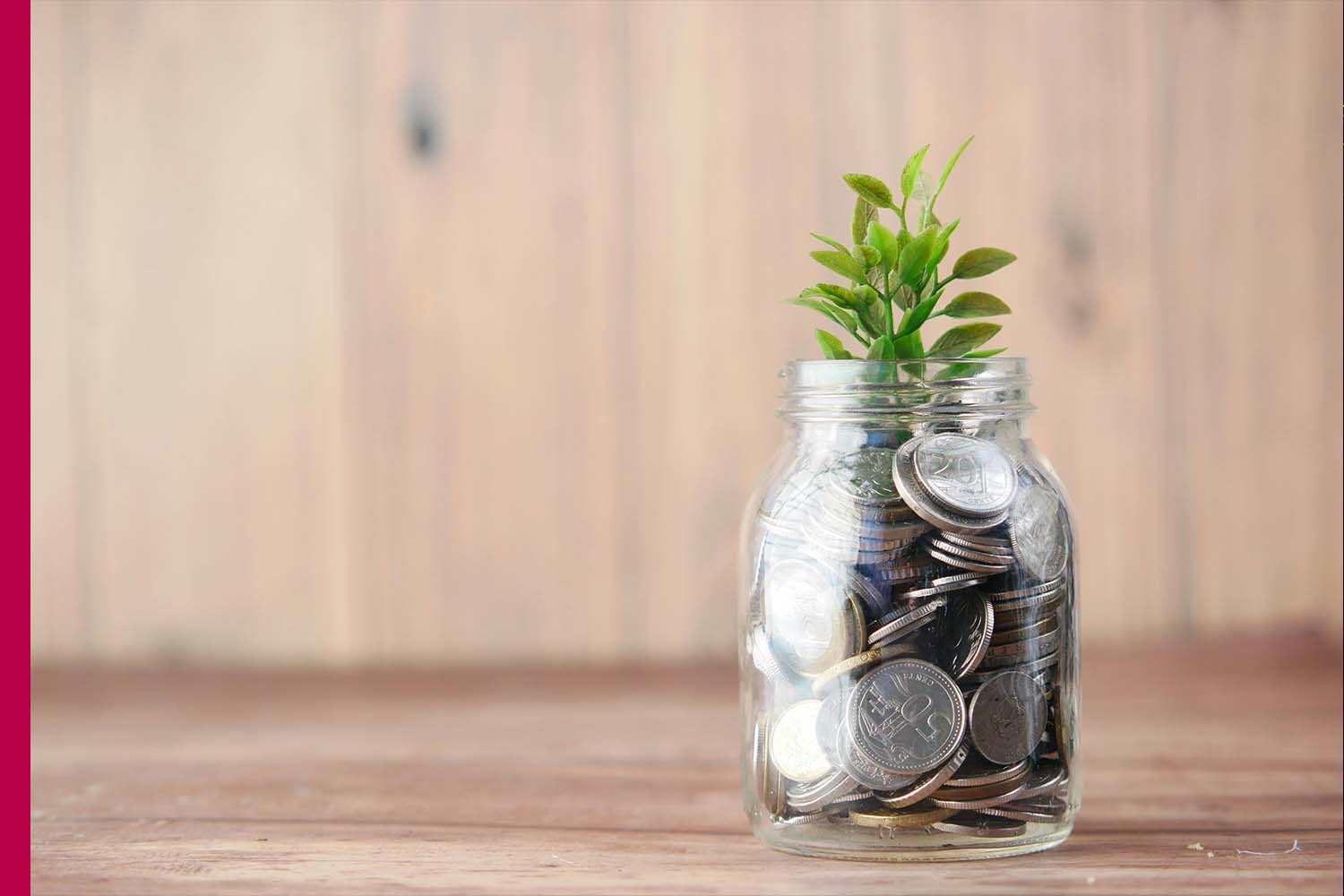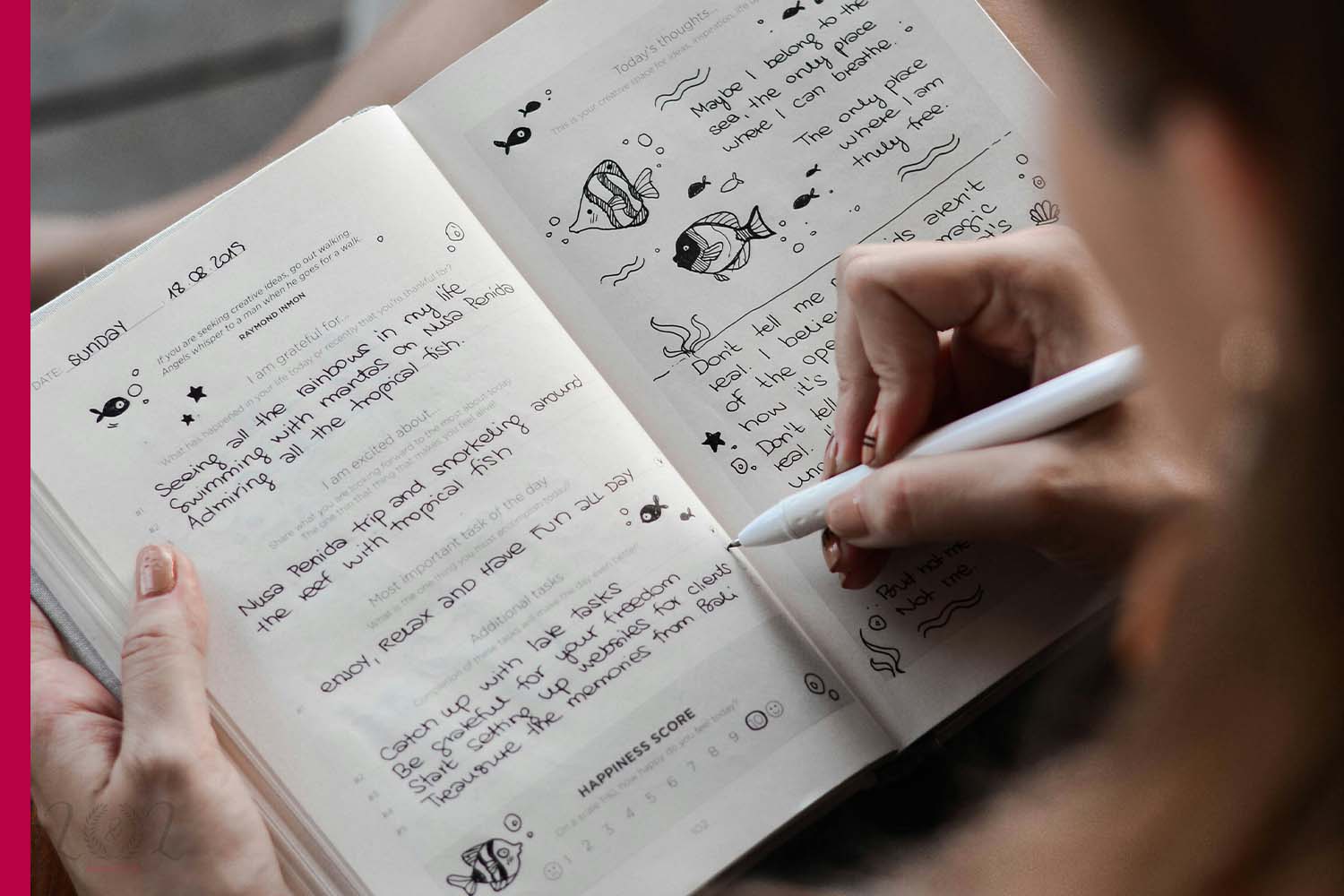In a world where productivity is praised and busyness is often worn like a badge of honor, the idea of sitting down to doodle for ten minutes without thinking may sound frivolous or even wasteful. Yet, within those unplanned lines and seemingly aimless sketches lies a surprisingly powerful practice. Doodling, long dismissed as a mindless pastime, is increasingly being recognized as a tool for creativity, relaxation, and mental clarity. When you allow yourself to draw without intention, without judgment, and without the pressure of making something “good,” you give your mind the freedom to wander, explore, and reset. Ten minutes may not seem like much, but it can unlock new perspectives, ease stress, and awaken the creative spark that so often lies dormant beneath layers of routine and responsibility.
At its simplest, doodling is the act of making marks on paper without a plan. It could be spirals, stick figures, geometric shapes, or random squiggles. The content does not matter what matters is that your pen keeps moving and your mind is free to let go. In fact, the less you think about what you are drawing, the more effective the exercise becomes. This act of unthinking creation taps into the subconscious, the part of your mind that is usually overshadowed by logic, analysis, and constant planning. Just as freewriting allows words to flow uncensored, doodling allows visual ideas to surface in ways that structured activities often cannot.
The beauty of doodling lies in its accessibility. You don’t need fancy supplies or special skills to begin. A scrap of paper and a ballpoint pen are enough. There is no wrong way to doodle, no “good” or “bad” doodle, because the point is not the finished product but the process. Many people shy away from drawing because they think they are not artists, but doodling requires no artistic training. It is not about producing a masterpiece; it is about engaging with your imagination in its rawest form. This freedom can be liberating, especially in a culture that often values polished results over messy experimentation.
One of the most significant benefits of doodling is stress relief. When you draw without thinking, you shift your brain into a more relaxed state. The repetitive motion of pen on paper is soothing, almost meditative. Like colouring books for adults, doodling calms the nervous system by engaging the senses and focusing attention on a simple, non-threatening task. In those ten minutes, worries about deadlines, obligations, or future uncertainties fade into the background. Instead, you become absorbed in the act of making marks, and that absorption brings peace. It is no coincidence that doodling is often compared to meditation; both practices involve being present and allowing thoughts to pass without judgment.
Doodling also has a surprising connection to creativity and problem-solving. When you stop thinking deliberately and let your hand move freely, your subconscious mind begins to play. This state, often called “flow,” is where new ideas can emerge effortlessly. Sometimes, the shapes and patterns that appear in your doodles can spark connections you hadn’t consciously considered. For example, a simple sketch might inspire a design concept, a story idea, or a solution to a challenge you’ve been wrestling with. Because doodling bypasses the critical voice in your head that constantly edits and evaluates, it opens a doorway to innovation. Many creative professionals, from writers to designers, use doodling as a warm-up exercise to loosen their minds before tackling bigger projects.
Interestingly, doodling also supports memory and focus. Studies have shown that people who doodle while listening to information often retain more than those who sit still. The act of sketching, far from being a distraction, actually helps anchor attention by keeping the brain lightly engaged. This is why many students and professionals instinctively doodle in margins during meetings or lectures. Allowing the hand to move provides a channel for excess mental energy, leaving the mind more receptive to absorbing information. In this sense, doodling is not only a creative outlet but also a cognitive aid.
For those who want to try the practice, setting a timer for ten minutes is a simple way to begin. Pick up a pen, put it to paper, and let your hand move. Do not overthink. Do not pause to evaluate whether it looks good. Let the lines, circles, or shapes flow however they want. If your mind begins to wander, allow it; doodling thrives in that space between focus and daydreaming. When the timer goes off, you may be surprised at what has appeared on the page. Sometimes it will look like nonsense; other times, it may reveal a mood, a pattern, or even an idea that resonates with you. Regardless of the outcome, the act itself will have served its purpose: to free your mind from rigidity and reconnect you with playful creativity.
What makes doodling so effective is its ability to bypass the constant demand for productivity. In modern life, so many activities are measured by output or usefulness. Even hobbies are often turned into side hustles or achievements to be shared online. Doodling resists this pressure. It is an activity without agenda, without metrics, and without external validation. For ten minutes, you are not producing for an audience—you are simply allowing yourself to create for creation’s sake. This sense of freedom is increasingly rare, and it is precisely what makes doodling so refreshing. It reminds us that not everything needs to have a purpose to be valuable.
In fact, doodling can be a powerful reminder of the importance of play. As children, most of us drew freely without worrying about whether our art was “good.” We scribbled, sketched, and experimented with abandon. Somewhere along the way, many adults lose that sense of play, replacing it with self-consciousness and fear of judgment. Doodling revives that childlike joy of exploration. It reconnects us to the part of ourselves that delights in making something just for fun. This sense of play is not trivial it is deeply restorative. It reminds us that creativity is not a rare talent reserved for a few but a universal capacity we all share.
Some people may wonder whether ten minutes of doodling really makes a difference. The truth is, small practices often have profound impacts over time. A daily habit of doodling can build resilience, creativity, and calm in ways that accumulate quietly but meaningfully. Just as ten minutes of meditation each day can transform one’s sense of peace, ten minutes of doodling can rewire how we approach challenges, ideas, and emotions. It is a pocket of freedom in an otherwise structured day, a moment where the mind is allowed to breathe.
Ultimately, doodling without thinking is not about the marks on the page but about the shift within yourself. It is about embracing imperfection, quieting the inner critic, and making space for spontaneity. In those ten minutes, you practice letting go of control, trusting the process, and discovering what emerges when you stop trying so hard. That lesson extends far beyond the page. It teaches us that creativity often flourishes not when we force it, but when we allow it. It teaches us that relaxation does not always require elaborate rituals but can be found in the simplest of gestures. And it teaches us that sometimes, the best ideas come when we stop overthinking and just let our hands move.
So the next time you feel stuck, stressed, or uninspired, grab a pen and a piece of paper. Set a timer for ten minutes. Doodle without thinking. Let the lines take you wherever they want. You may not know where you’re going when you begin, but by the end, you’ll likely feel lighter, clearer, and more connected to your own creativity. In a world that constantly demands seriousness and productivity, those ten minutes of aimless drawing may be the most valuable gift you give yourself.












